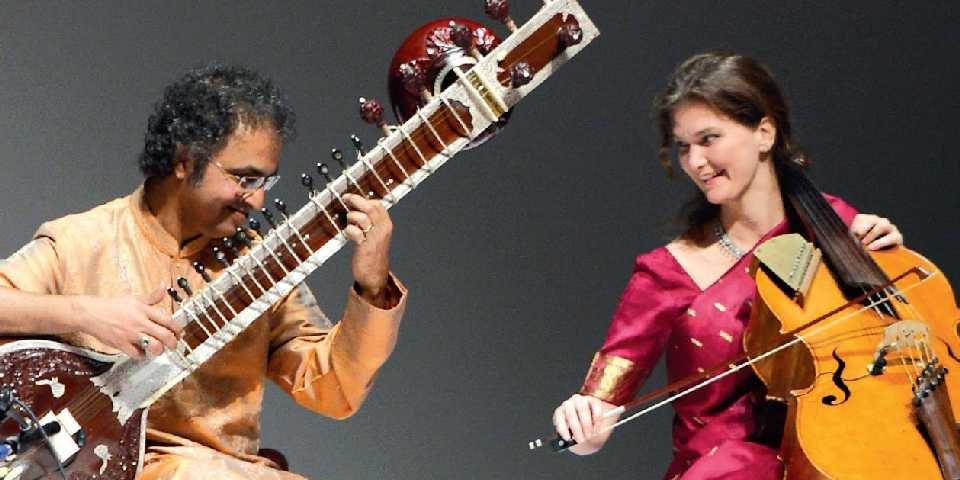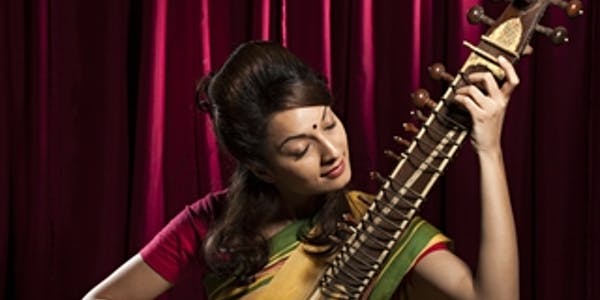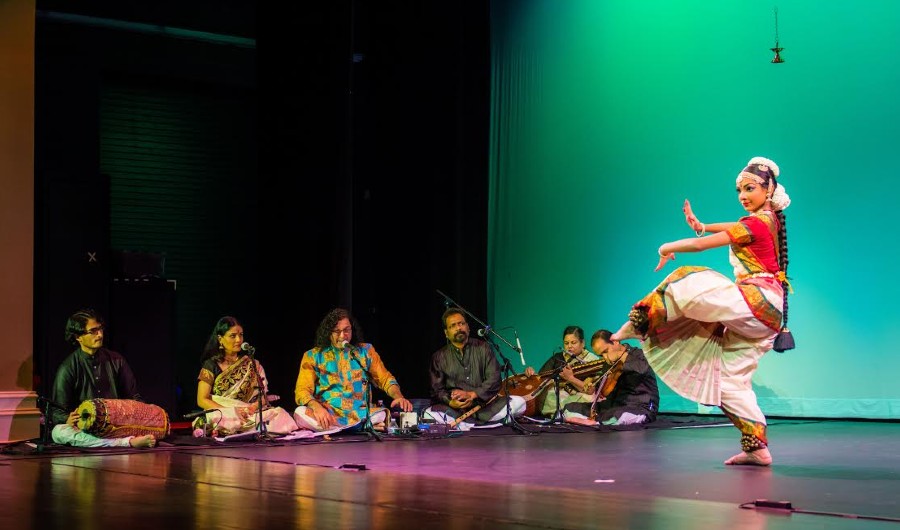The Magnificence Of Indian Classical Music

Indian Classical Music – The Origin
November 22, 2018
The Unique Journey Of Carnatic Music
November 22, 2018The Magnificence Of Indian Classical Music


Indian classical music has carved a niche for itself in the world of music and has been in existence even during the Vedic times, where songs were songs to Gods and Goddesses. India has also come under the influence of various cultures, and this is obvious in the different styles of Indian classical music. Classical music in India is something that has to be learned from a guru and needs dedication and diligence. When it comes to Indian classical music, there are two types, and they are:
· Carnatic music
· Hindustani music
Know More About : Ragas Of Indian Classical Music
Carnatic music is the classical Indian music of the southern states such as Kerala, Karnataka, Tamilnadu, and Andhra Pradesh. The elements of Carnatic music include raga, tala, shruti and swara. The shruti is the base for learning Carnatic music. There are seven swara which are “sa,re,ga,ma,pa,da,ne”. Arranging the swaras in certain sequences creates what is known as the raga. The tala is the beat or rhythm and forms eight beats per cycle.
Hindustani music, on the other hand, has borrowed from some of the middle eastern cultures, especially Persian and Arabic. Some forms of Hindustani music include Ghazal, Khayal, Tarana, Dhrupad, Tappa and Thumri. However, the raga and tala concepts are common for both Hindustani and Carnatic.

